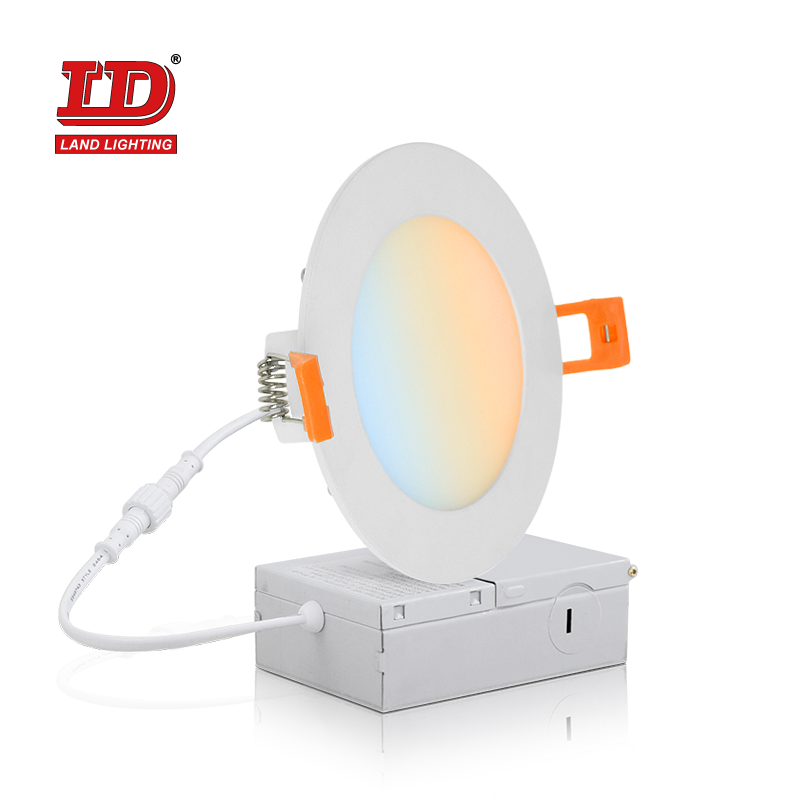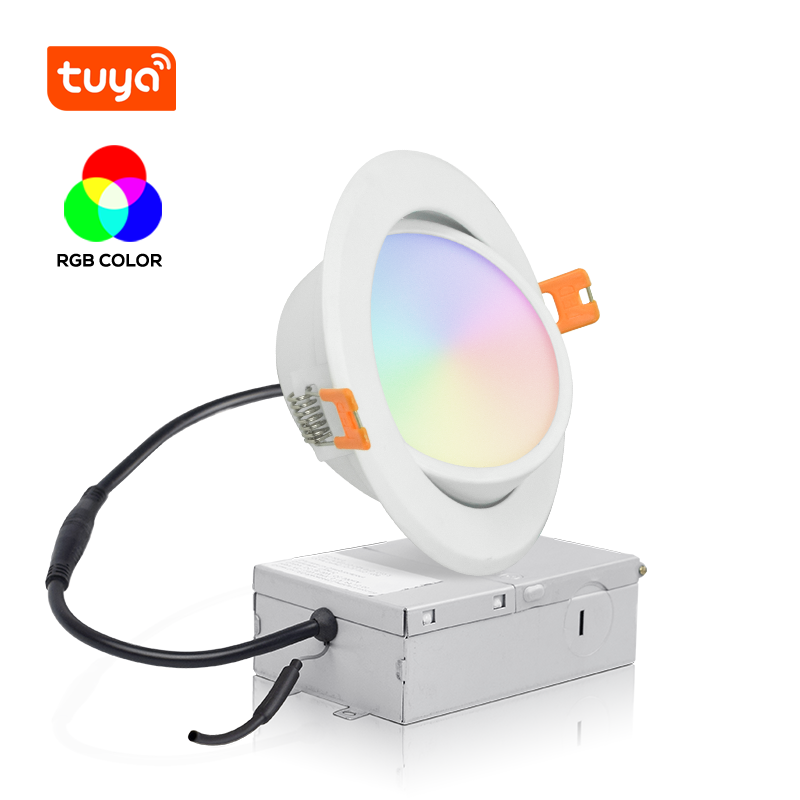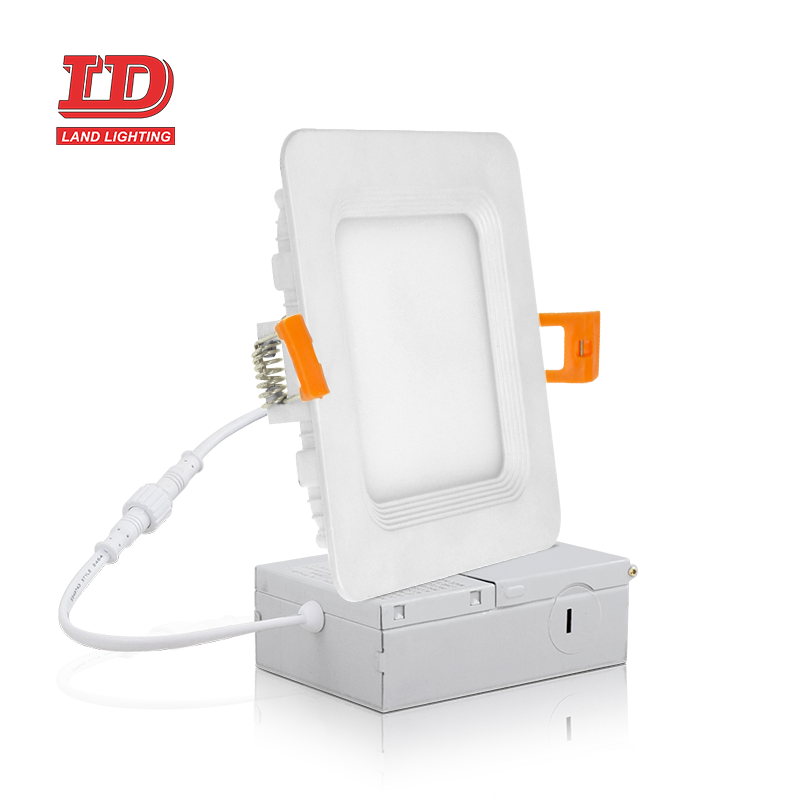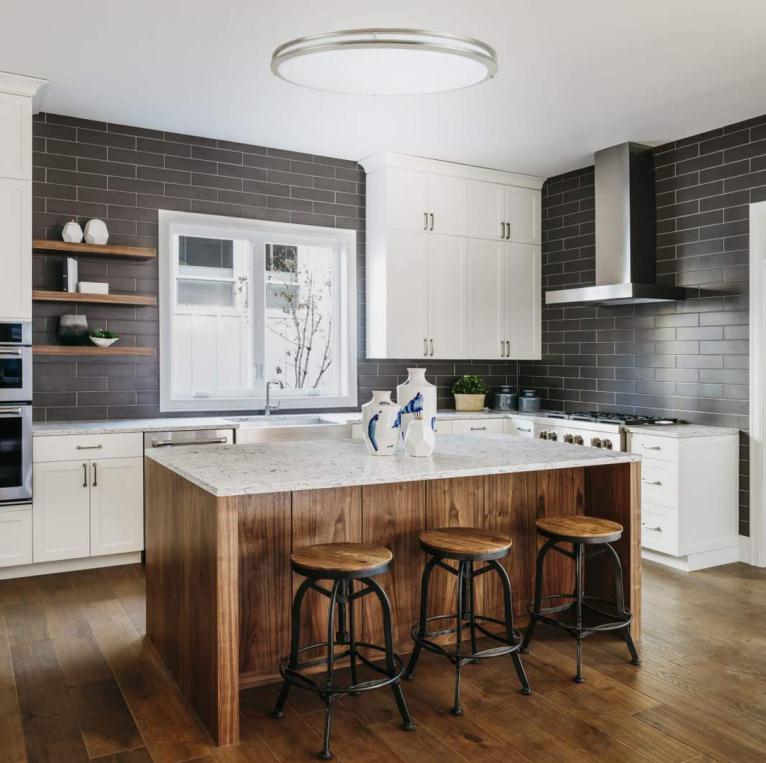LED ceiling light is a kind of lighting fixture embedded in the ceiling. The perfect unity of ceiling art will not be destroyed by the setting of lamps. Its biggest feature is that it can maintain the overall unity and perfection of architectural decoration. It has the structural advantage of using the light source to hide the interior of the architectural decoration, and the LED light source is not exposed and does not irritate the eye skin!
Traditional ceiling lamps are mainly combined with halogen light sources. The main advantage of LED ceiling lights is low-carbon energy saving, adapting to the global trend of energy saving and emission reduction and low-carbon life. It is an ideal choice for modern high-light homes. The lamp can reach 50000H under normal use, which is equivalent to the life of 50 incandescent lamps. Ceiling lights, different from spotlights, are mainly based on scattered light sources, with a wide irradiation area, mostly soft light, and uniform light spots.
LED ceiling lights are installed indoors and are suitable for key lighting places such as car displays, jewelry, high-end clothing, professional windows, counters, etc. It is an ideal light source to replace traditional tungsten halogen lamps and metal halide lamps. The ambient temperature of LED ceiling light is generally -30 degrees + 50 degrees, and its voltage is AC/DC 12V, 24V, 110V, 220V, and the lifespan can reach 50,000 hours under the condition of use. All LEDs with low light decay and high power are used as light sources to ensure their long life, energy saving, high efficiency and environmental protection.

Ceiling light installation method:
1. Embedded installation in the ceiling
2. Add a mounting bracket or track to use as a light-transmitting light or spotlight
3. Add a boom or wire rope to use as a chandelier

The selection of LED ceiling lights is mainly considered from the following three aspects:
1. Look at the radiator used in the lamp: The speed of heat dissipation of the lamp beads determines the light decay degree and service life of the whole lamp. The lamp beads work at high temperature for a long time, the light decay is very fast, and the life is very short, and the ceiling lamp with too poor brightness can not achieve the effect of accent lighting. The radiator solutions for LED ceiling lamps mainly include integral radiator method, single lamp bead and one cooling column method, and external fan cooling method. The size of the radiator and the quality of the aluminum material affect the speed of heat dissipation, as well as the price of the whole lamp.
2. Look at the power supply of the lamp (commonly known as the driver): The quality of the driver also determines the life of the whole lamp. There is no problem with the lamp bead used for more than 50,000 hours, but if the driver is broken, the whole lamp will not be able to light up. The electronic components and design schemes used in the drive determine the efficiency, power factor, stability, temperature rise and service life of the transformer. If the user does not know the knowledge of components, he can make a preliminary judgment from the size and weight of the driver, as well as the electrolytic capacitor used by the manufacturer. The difference in the price of LED ceiling lights, the driving quality accounts for a large proportion.
3. Understand the brand and packaging of lamp beads: The quality of lamp beads determines the lighting effect of LED ceiling lights, and the packaging process affects key factors such as lamp bead quality and heat dissipation. Lamp bead chips include American chips, Taiwan chips, domestic chips, etc. Different brands have large price differences and large differences in lighting effects.
Therefore, when choosing LED ceiling lights, we must pay attention to the factors of the radiator, driver, and lamp beads of the ceiling light, not only the price.




